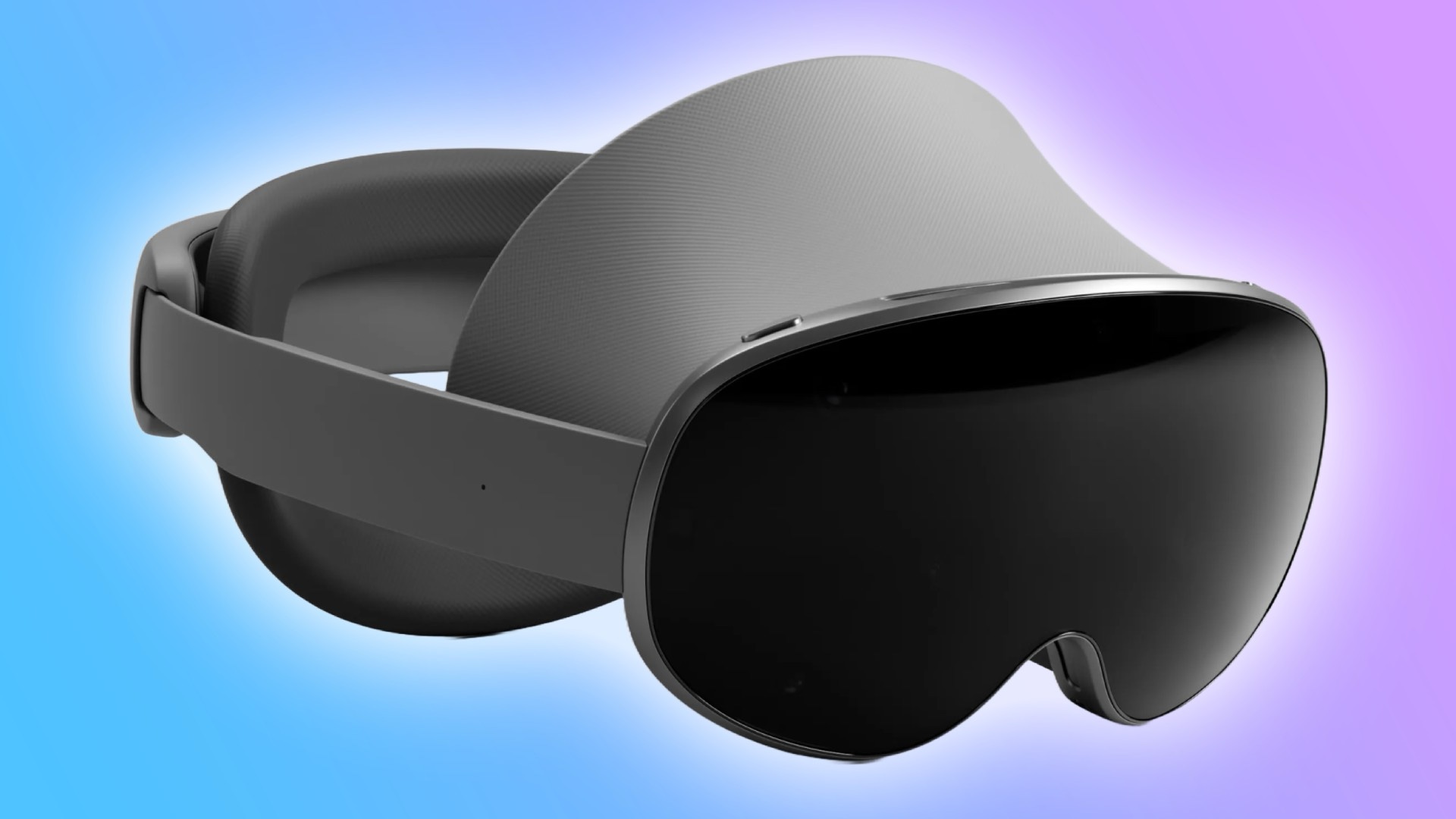
Samsung has finally stepped into the extended reality (XR) space, unveiling its Android XR headset, codenamed Project Moohan. This device represents a major collaboration between Samsung, Google, and Qualcomm, promising a new era of mixed reality experiences. But how does it compare to industry leaders like Apple Vision Pro and Meta Quest Pro? Let’s break down everything we know so far—from design and specs to pricing, release date, and how it might change the XR landscape.
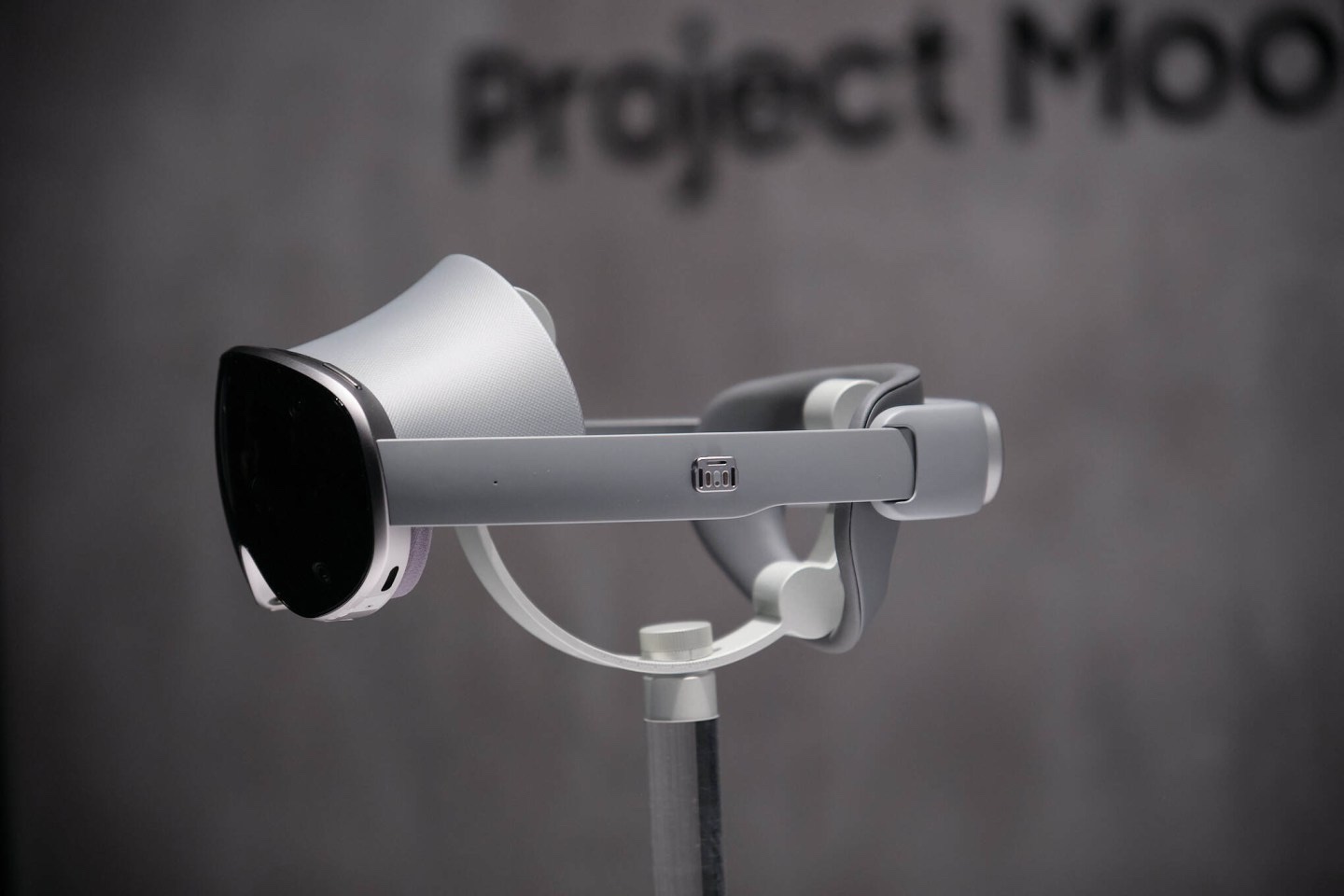
Design & Build: A Blend of Quest & Vision Pro?
Early leaks and reports suggest that Samsung’s Android XR headset takes inspiration from both Meta Quest and Apple Vision Pro.
🔹 Lightweight ski-goggle design – Compact and ergonomic for extended wear
🔹 External battery pack via USB-C – Similar to Apple Vision Pro, reducing front-heavy strain
🔹 Adjustable head strap for comfort – Allows for custom fit and stability
Samsung is prioritizing a lightweight, comfortable fit—one of the biggest challenges in XR headset design. By moving the battery outside the headset, it could significantly reduce weight and increase usability for long sessions.
✔️ More comfortable for long use than Quest Pro
✔️ Lighter than Vision Pro due to external battery
✔️ Modern, futuristic look with premium materials
❌ Requires carrying an external battery (like Apple Vision Pro)
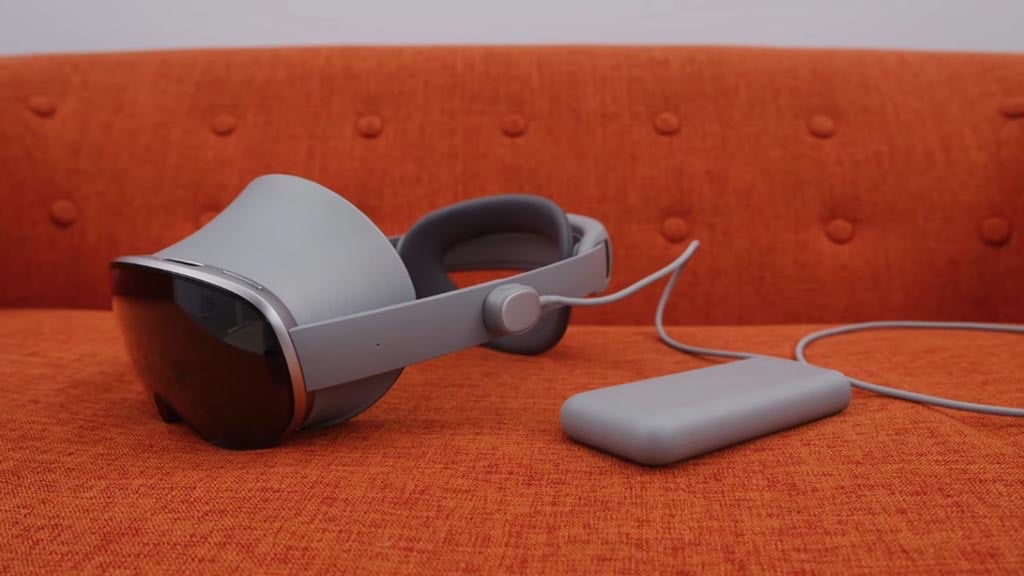
Display & Visuals: What to Expect?
🔹 Dual 4K Micro-OLED displays – Similar to Apple Vision Pro, offering ultra-crisp visuals
🔹 120Hz refresh rate – Smoother motion and better immersion
🔹 Wide FOV (Field of View) – Expected to be larger than Quest Pro, providing more natural vision
🔹 Eye & hand tracking – Advanced input method for intuitive control
Samsung is pushing for high-end visual clarity, making it a direct competitor to Apple Vision Pro rather than Meta Quest 3. With Micro-OLED panels, users can expect deep blacks, vibrant colors, and less screen-door effect, enhancing immersion.
✔️ High-resolution display, possibly best-in-class
✔️ Fast refresh rate for smooth XR experiences
✔️ Eye-tracking for more intuitive navigation
❌ No official confirmation of resolution specs yet

Performance & Processing Power
Samsung’s Android XR headset is powered by a custom Qualcomm XR chipset, designed specifically for high-end mixed reality.
🔹 Snapdragon XR2 Gen 2 or newer – Optimized for low latency and high efficiency
🔹 Dedicated AI chip for real-time enhancements
🔹 Support for Google’s Android XR ecosystem
This headset is designed to handle advanced AI applications, high-fidelity XR gaming, and real-time rendering, making it a powerful standalone device.
✔️ Strong Qualcomm-based processing power
✔️ AI-enhanced performance for better user interaction
✔️ Optimized for XR and Android-based apps
❌ Still unknown if it supports external PC VR streaming
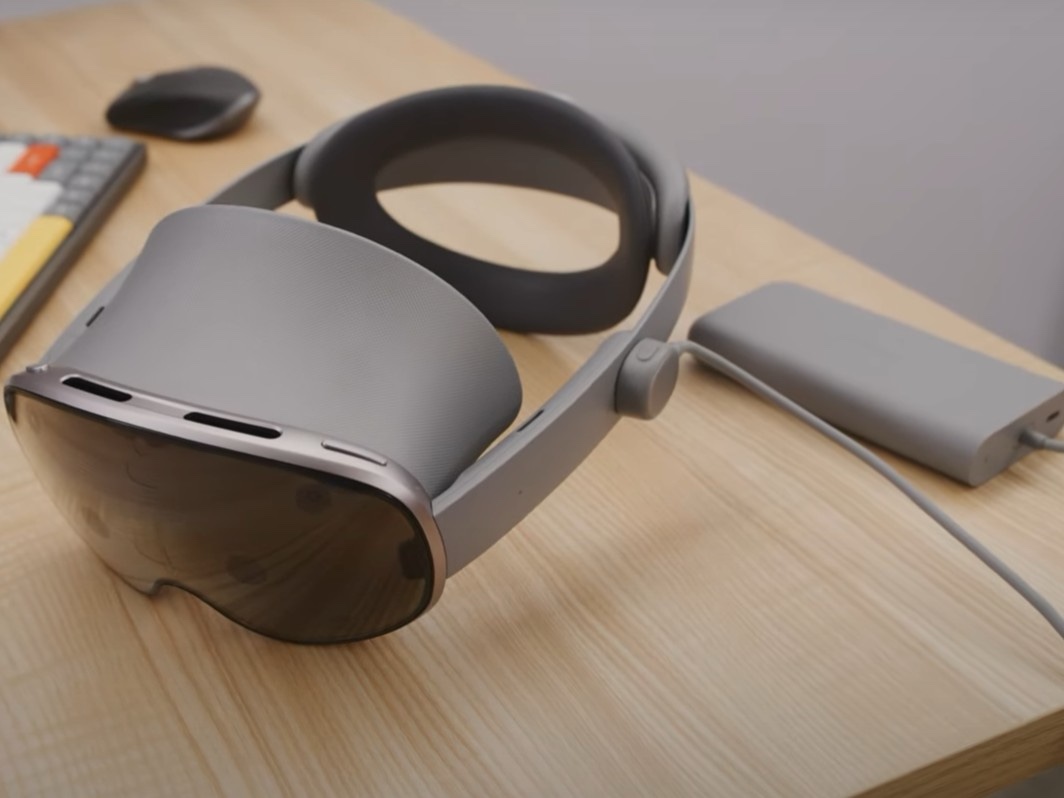
Software & AI: Powered by Google Gemini
One of the most exciting aspects of Samsung’s XR headset is its deep integration with Google’s AI and software ecosystem.
🔹 Runs on Android XR – A new XR-focused OS built by Google
🔹 Google Gemini AI integration – Real-time voice assistance, object recognition, and more
🔹 Full access to Google Play XR apps – Unlike Apple Vision Pro, Samsung’s device will allow third-party apps
This means Samsung’s headset will have a massive app library at launch, making it a versatile device for entertainment, productivity, and gaming.
✔️ True Google ecosystem integration
✔️ Access to Android apps optimized for XR
✔️ AI-powered assistance for better interaction
❌ Needs strong third-party developer support to succeed
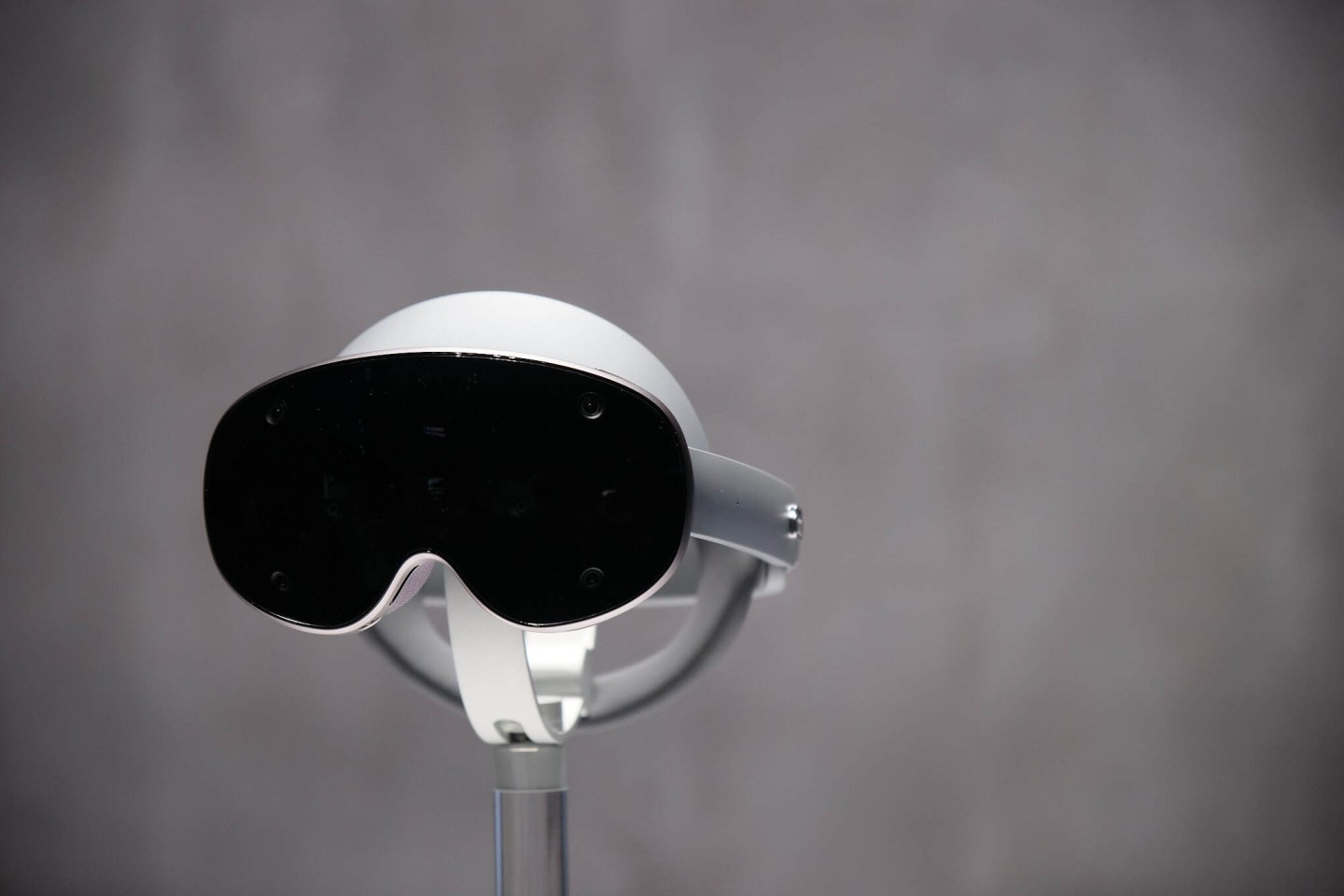
Mixed Reality (MR) Capabilities: The Future of Work & Play?
Unlike traditional VR headsets, Samsung’s XR headset is focused on blending virtual and real-world experiences.
🔹 Color passthrough cameras – Allow for augmented reality overlays
🔹 Hand & gesture tracking – Interact with the virtual world naturally
🔹 Productivity & workspace features – Virtual monitors, AI-assisted tasks, and more
This suggests Samsung wants to compete with Apple Vision Pro in the premium MR space, making it a productivity and entertainment hybrid rather than just a gaming device.
✔️ More productivity features than Quest 3
✔️ Better AR integration with color passthrough
✔️ Focuses on work & play, not just gaming
❌ May have a steep learning curve for new users
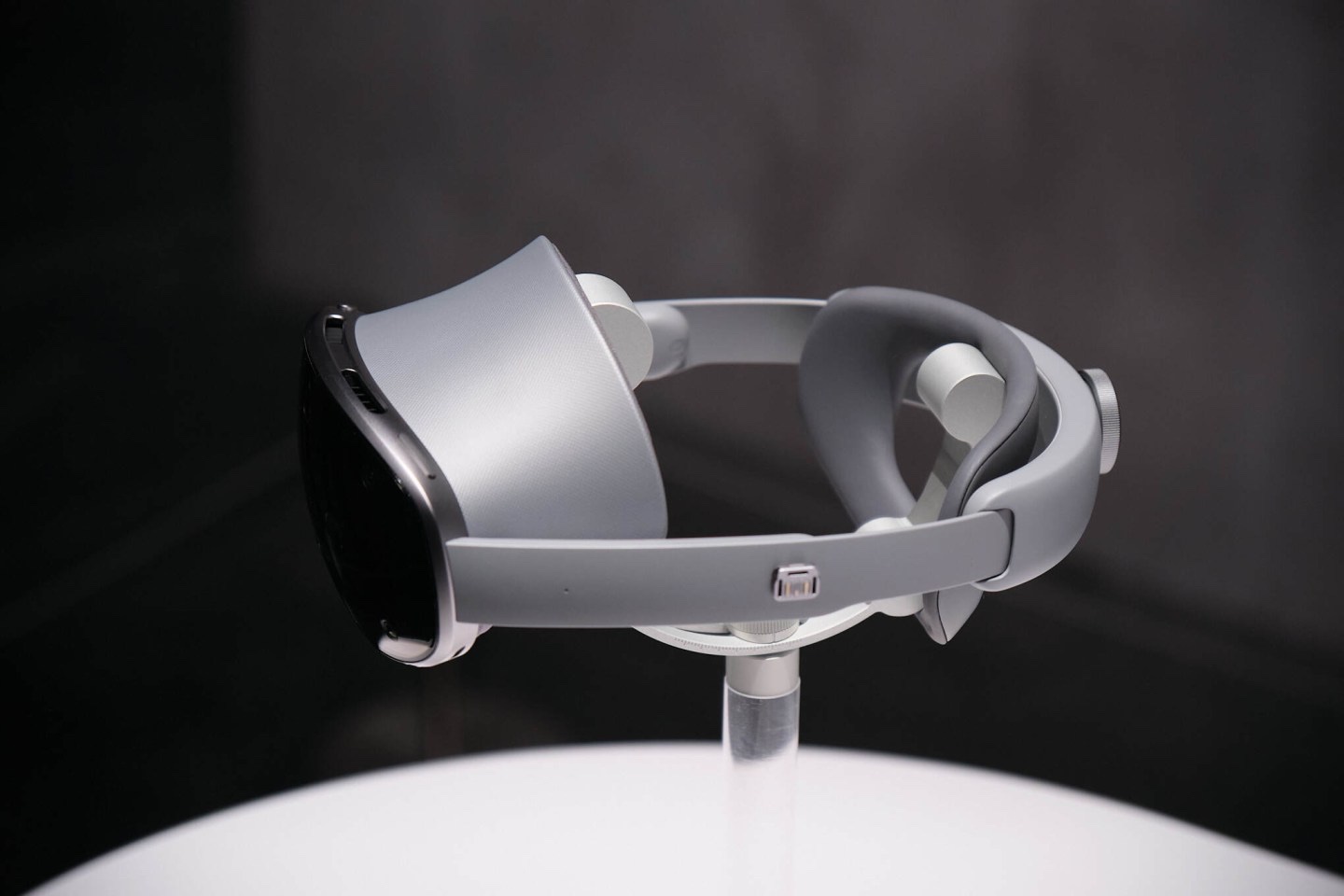
Battery Life & Charging
🔹 External battery pack via USB-C – Allows for swappable batteries
🔹 Expected 2–3 hours per charge – Similar to Apple Vision Pro
🔹 Fast charging support – 50% charge in 30 minutes
By using external batteries, Samsung may allow users to swap batteries on the go, removing one of the biggest limitations of current headsets.
✔️ Swappable batteries could be a game-changer
✔️ Fast charging ensures minimal downtime
❌ Short battery life without swapping
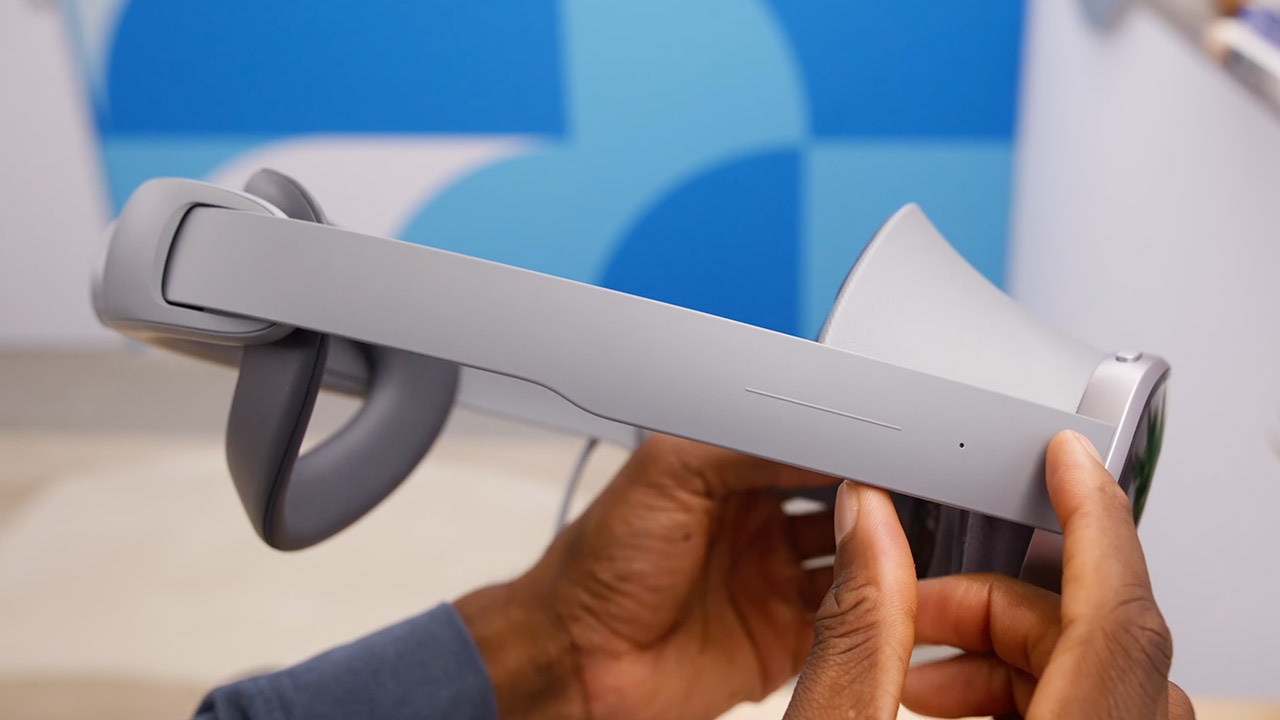
Expected Release Date & Pricing
💡 When will Samsung’s Android XR headset launch?
• Expected official announcement in mid-2025
• Likely to launch alongside the Galaxy S25 series
• Developer edition first, consumer version later
💰 How much will it cost?
• Likely between $1,500 – $2,000
• More expensive than Quest 3, cheaper than Apple Vision Pro ($3,499)
Samsung is positioning this above Meta’s Quest headsets but below Apple Vision Pro, making it a premium device at a competitive price.
✔️ Expected release in mid-to-late 2025
✔️ Likely cheaper than Apple Vision Pro
❌ Premium price means it won’t be mass-market at launch
Final Thoughts: Should You Wait for Samsung’s XR Headset?
Samsung’s Android XR headset is shaping up to be one of the most exciting mixed reality devices of 2025. By combining Google’s AI, Qualcomm’s XR hardware, and Samsung’s display expertise, it could be the first true Vision Pro competitor with a more open ecosystem and Android app support.







